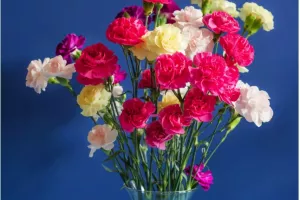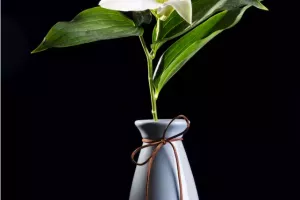The Value of Compositae
Compositae, a family of Dicotyledonia and Platycodonta, has about 1,000 genera and 25,000 to 30,000 species, and is the largest family of dicotyledons. Widespread all over the world, less tropical. There are more than 200 genera and more than 2000 species in China, which are distributed all over the country. According to the different types of corolla and the presence or absence of milky sap, it can usually be divided into two subfamilies: Tuboid and Ligulate.
One: morphological features
Herbs, subshrubs or shrubs, rarely trees. Sometimes there are milk ducts or resin canals. Leaves usually alternate, sparsely opposite or whorled, entire or toothed or divided, without stipules, or sometimes expanded into stipules at the base of petioles.
Two: medicinal value
A major feature of Asteraceae is that inulin completely replaces starch as polysaccharide storage. The sesquiterpene lactones contained in Compositae have cardiotonic, anticancer, anthelmintic, and analgesic effects. There are more than 350 kinds of sesquiterpene lactones in the undergraduate. Certain species of the genus Dicholium contain dichrysic and isopicrochrysin. These components have the effect of inhibiting tumor growth. Eight kinds of sesquiterpene lactones, such as zelan picrolide and zelan chlorolactone, proposed by some species of geranium genus are active ingredients that inhibit tumor growth. Many species of the genus Artemisia contain Shan Dao Nian. Compositae has a large number of medicinal, ornamental and economic plants. Medicinal plants are Zelan, Edelweiss, Tianmingjing, wild chrysanthemum, chrysanthemum, Artemisia annua, coltsfoot, Qianliguang, Atractylodes, Atractylodes, burdock, snow lotus, safflower, inula, dandelion and so on.
Three:Common Compositae
1.Ping pong chrysanthemum
Its entire flower is as big as a ping pong, and there are at least hundreds of petals on a flower ball, including red, pink, white, yellow, green, fluorescent green, etc. It is a very beautiful flower.
2.Marigold
It likes a warm and humid environment with sufficient light, and sufficient sunlight is very beneficial for the growth of marigolds. Marigold is not strict with soil requirements, and it is better to use fertile, sandy loam with good drainage and good air permeability. In the initial stage of marigold planting, try to avoid direct sunlight as much as possible, and then slowly accept the light.
3.Blue eye chrysanthemum
It is a very easy-to-care plant, watering is also very simple, it is slightly resistant to humidity, and it can grow tenaciously even if it is wet for a long time. But it's best to keep it dry and wet: white topsoil, very light soil, or overall drooping leaves are all signs of need for watering.
There are many kinds of Compositae, many of which are rich in economic value, such as lettuce, lettuce, chrysanthemum, Jerusalem artichoke, etc. as vegetables; seeds of sunflower, small sunflower, and cocklebur can be extracted for edible or industrial use; rubber grass and guayule Rubber can be extracted; Aina incense can be distilled to produce borneol; safflower and pyrethrum are famous pesticides; Safflower, dandelion, etc. are important medicinal plants; in addition, chrysanthemum, aster, dahlia, coneflower, coreopsis and many other species have beautiful and bright flowers for viewing and are cultivated in gardens all over the world.


